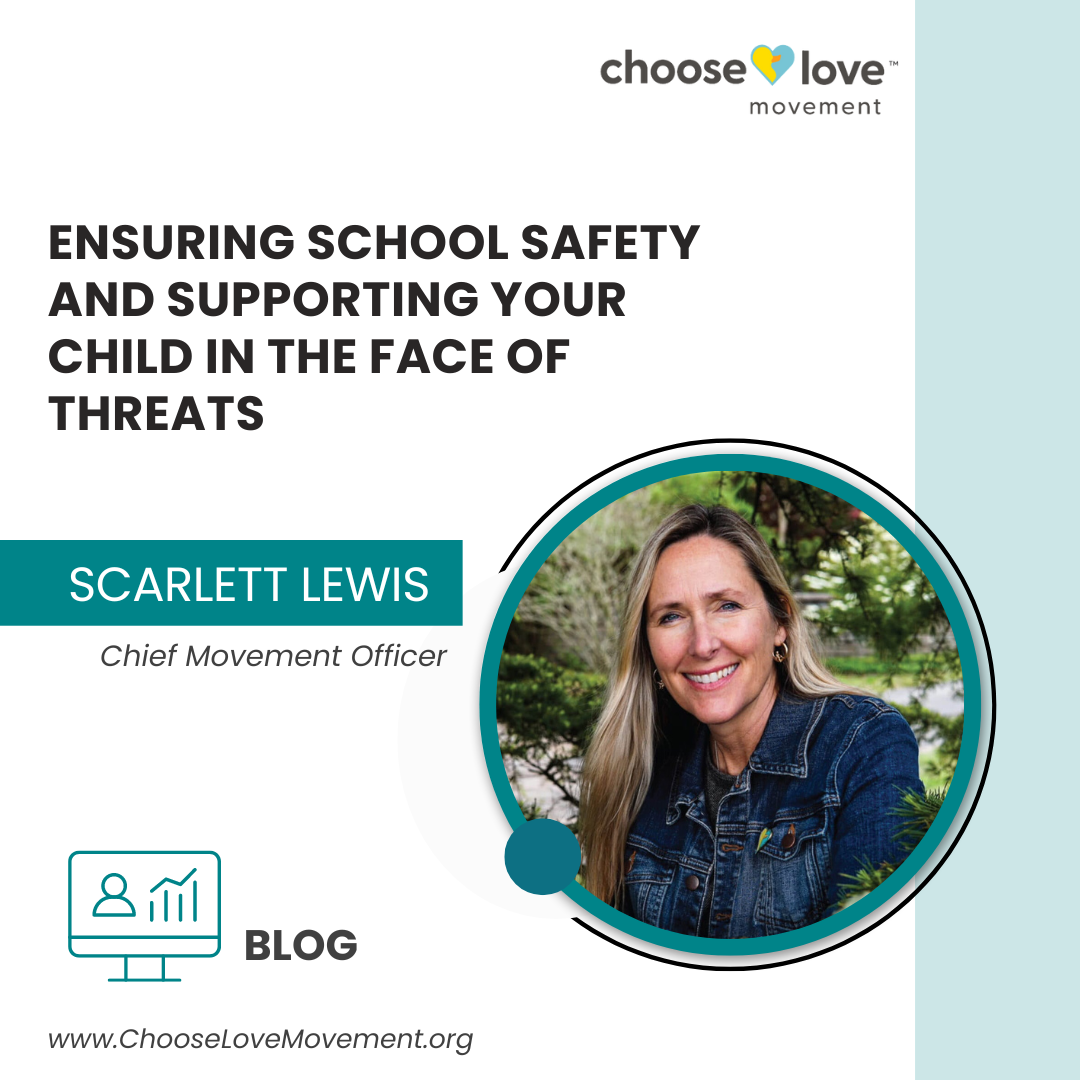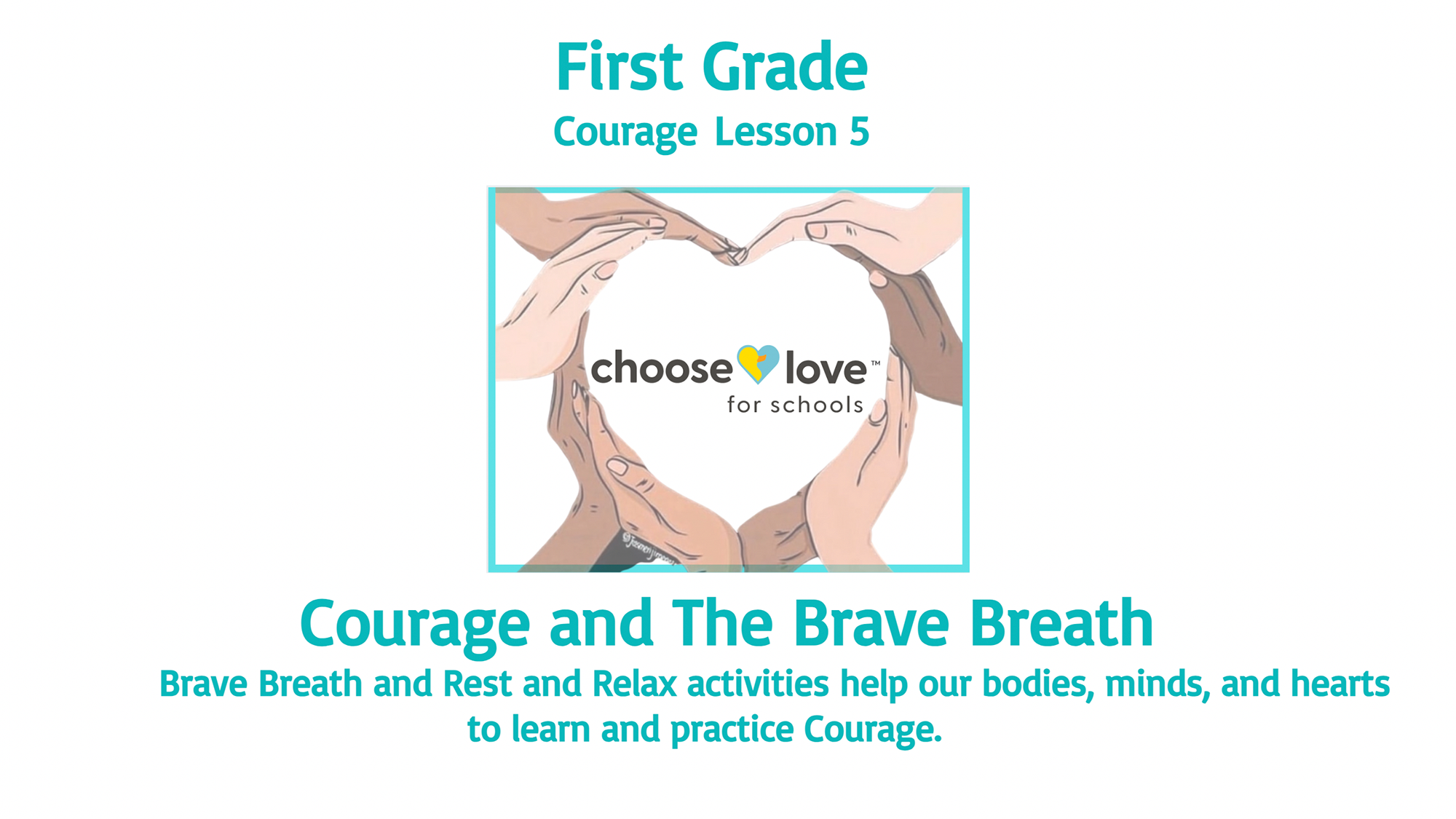These individual incidents often go unreported in mainstream media, leaving parents in a state of uncertainty and apprehension. However, understanding your school’s safety plans can make a significant difference as an educator and parent. Here are some steps to take both now and in the aftermath of any threats to ensure your child’s safety:
Familiarize Yourself with School Safety Plans
1. Know the Safety Protocols: Make sure you are well-versed in the safety measures put in place by your child’s school and district. Attend any meetings or briefings held by the school regarding safety protocols.
2. Emergency Contacts: Ensure that the school has up-to-date emergency contact information and knows who to reach out to in various scenarios.
3. Communication Channels: Find out how the school will communicate with parents during an emergency. Email, text alerts, and automated calls are common methods.
4. Get involved! Ask questions. There are incredible programs that are an essential part of school safety like the Choose Love Movement and Dadsinschools.org that recruits volunteers for additional presence and safety measures in schools across the country.
Proactive and Preventative Measures
1. Incorporate Social-Emotional Learning: Programs such as the Choose Love Movement can be instrumental. These initiatives help children manage emotional pain and learn empathy, reducing the likelihood of harmful behaviors. Remember, “hurt people hurt people, and healed people heal people.”
2. Family Involvement: Many of these programs have a home component. Participate actively in these initiatives to reinforce and practice the skills your child is learning. Your involvement can significantly enhance their ability to apply these skills effectively.
3. Community Involvement: Best case scenario the SEL program will incorporate opportunities for community partners to become involved. It takes a village to keep our kids safe and it is all our responsibility! The children are our future!
4. Be aware!: Encourage your child to be cognizant of others who are lonely or acting out. These can be individuals who need help. Saying something to someone in a position of authority can ensure this person receives the help they need.
What to Do If a Threat Occurs
1. Stay Calm: Take Brave Breaths. Fear and panic can cloud judgment. Stay composed and follow instructions from the school and authorities.
2. Follow Official Communications: Rely on official updates from school authorities for accurate information.
3. Discuss Openly: Have an open discussion with your child about the incident. Reassure them, listen to their concerns, and provide comfort. The conversation will depend on your child’s age. For the younger ages, answer questions and assure them you are doing everything in your power to keep them safe. For older children have the conversation, answer all questions and if you don’t know the answer tell them you will find out and follow through. Let them see you be proactive with the school with phone calls or in person visits to ensure their safety.
4. Monitor Emotional Well-being: Pay close attention to your child’s emotional state. If they show signs of distress or anxiety, consider speaking to a school counselor or a mental health professional. Just because they’re quiet doesn’t mean they’re ok. Initiate conversations, ask open ended questions, this shows you are despite the rolling eyes.
Reinforcing Safety at Home
1. Safe Home: Discuss safety initiatives at home so your child feels prepared. This includes basic actions like knowing emergency contact numbers and understanding how to respond in different scenarios. Talking about it is better than avoiding the conversation and having the child think you aren’t prepared to keep them safe.
2. Encourage Open Communication: Foster an environment where your child feels comfortable talking about their day and any concerns they may have. This psychological safety will help reduce anxiety and prote stronger connections and confidence.
3. Promote Healing and Empathy: Emphasize the importance of compassion and understanding. Encourage acts of kindness and empathy, reinforcing the idea that “healed people heal people.” Be vulnerable to the extent you feel comfortable, when you open up it provides an opportunity for your child to as well.
While the thought of a threat to school safety is distressing, being prepared and proactive can provide a sense of security. By familiarizing yourself with safety plans, participating in social-emotional learning programs, and staying involved, you can play a crucial role in ensuring your child’s safety and emotional well-being. Remember, there is always hope, and proactive measures can make a significant difference.



















